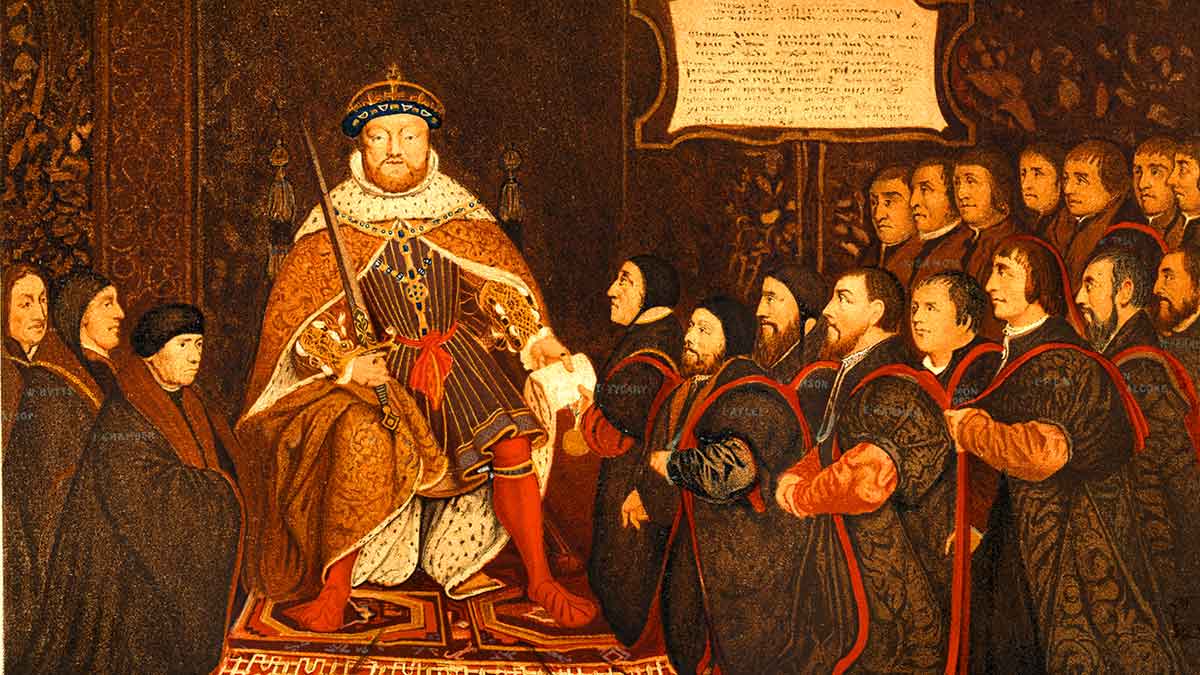Bargain Barrel: 10 of the cheapest rare earths stocks on the ASX as demand sets course for ‘Parabolic’

Pic: Getty
In 2017, the rare earths market value was US$415 million.
In 2020, it hit ~$US2 billion.
By 2030, the Aussie Office of the Chief Economist forecasts the rare earths market to be worth US$12 billion, growing ~16% a year.
Also by 2030, demand for magnet rare earths — – neodymium, praseodymium, dysprosium and terbium — is forecast to exceed supply by 40%.
The reason is simple. Magnet rare earths are important in the manufacture of electric vehicles motors, as well as things like wind turbines.
There’s a couple of kilos of rare earths magnets in every EV, and about a tonne in every MW of power produced by wind turbines.
As these markets grow — which they will — so does demand for rare earths.
Prices for rare earths neodymium and praseodymium (NdPr), the most valuable of the ~15 rare earths elements, have already exploded.
Sustained demand for NdPr saw the market price reach US$100/kg in November 2021, the first time since 2011 that it has reached this level.
It kept going, and in mid Feb a kilogram of the blend cost a record high $US163, up more than fourfold from the 10-year bottom price of $US35.
As the only scale producer of separated rare earths outside China, Lynas Rare Earths (ASX:LYC), is currently raking in the cash.
In the December quarter it reported profits of $151m – its second-best quarterly result ever.
“Customers indicated a priority focus on security of supply rather than price,” it says.
“Demand in the magnet market segment continued to be very strong through the quarter, and ongoing discussions with our existing and potential customers indicate that this growth will further accelerate from Q3 FY2022.
“This reflects the shortage of ionic clay (a major source of Heavy Rare Earths) from both South China and Myanmar.”
This is a shortage a bunch of Aussie listed stocks are looking to fill.
Since we published our very popular Complete punters’ guide to Aussie rare earths stocks in June last year a bunch more explorers have jumped on the REE wagon.
Here are 10 of the cheapest, because — as legendary investor Rick Rule says — “it’s much easier to get a 10,000 bagger if you start with a sub $2m market cap, than if you start with a $200m market cap”.
The Rare Earths Bargain Barrel
Market Cap: $4.9m
The newly listed stock is focused on lithium, rare earths, gold, and base metals in the mineral rich Lachlan Fold Belt of NSW.
The company is taking a “multi-commodity, multi-deposit style approach to exploration” at the flagship ‘Bateman’ project, MMC chief exec Clinton Carey says, starting with the important — but relatively boring – early stage stuff.
Surveying for lithium/rare earths/everything else is now complete, with over 1000 portable XRF readings acquired.
While XRF technology is not as reliable as lab assays in reflecting the amount of contained mineralisation, it is still a respectable indicator.
The results show pervasive rare earth element anomalism across the tenement with Total Rare Earth Oxide (TREO) results up to 2,139 ppm.
Assay results are due out this month, the company says. Drill planning is underway, intending to isolate the best drill targets.
Market Cap: $3.6m
AOA applied for a couple of tenements in South Australia prospective for rare earths in Sept/Oct last year.
The ‘Limestone Coast’ project is in the same region as $62m market cap Australian Rare Earths’ (ASX:AR3) 39.9 million tonne ‘Koppamurra’ ionic clay project.
IAC deposits – like the ones exploited in southern China — are commonly considered to be some of the cheapest and most readily accessible sources of heavy rare earths.
AOA is still waiting on State Gov approvals before it can get boots on the ground.
Market Cap: $8.5m
In early Feb, CML – which has been on the hunt for new projects — announced it had identified of a new rare earths metals target area in the NT’s ‘Barkly Tableland’.
“CML has examined the large volume of data and has identified this area as having the strongest indicators of a major rare earths deposit,” it says.
“The project area is characterised by a lack of outcrop, and strong weathering, features which are conducive to rare earths enrichments in the near surface.”
After the exploration licences are granted CML will conduct more detailed sampling. Drilling will take place “after the targets are well defined”.
Market Cap: $6.8m
ENV’s main game is the ‘Charley Creek’ rare earths project in the NT which has progressed very slowly since 2010.
Further funding will be required to advance the project — which doesn’t have JORC resource just yet — to the Pre-Feasibility Study stage.
“The company continues to investigate all available funding options and will access short-terms loans, as available,” ENV says.
“Given the level of interest in the rare-earth mineral sector, the Company is actively in discussions with investors in anticipation of short-term funding by way of private placements.”
Market Cap: $7.9m
Late last year, copper-gold focused explorer KFM decided to see if its ground in the Gascoyne region of WA had rare earths potential.
The early omens were good, with the project a proverbial stone’s throw (~100km away) from Hastings Technology Metals’ (ASX:HAS) world-class 27.42Mt @ 0.97% TREO ‘Yangibana’ deposit.
In January promising results from a late 2021 drilling program were announced, including an “impressive” 12m at 1.12% total rare earth oxides (TREO) at the ‘Mick Well’ prospect.
This included a 4m long high-grade chunk grading 1.73% TREO.
KFM has also identified 12 other areas which have the potential to host rare earth elements (REEs).
“The discovery of the mineralisation and numerous outcropping carbonatites has highlighted the significant exploration potential of the area,” CEO James Farrell says.
“Kingfisher has recently expanded its land holding in the region [to 969sqkm] with targeted pegging of tenements considered prospective for rare earth elements.
“The company is developing a full exploration strategy for this extensive exploration tenure as it continues to increase its efforts in the search for highly sought-after rare-earth elements.”
Market Cap: $7.6m
In late September, this newly listed copper-gold explorer joined the rare earths game, acquiring 1,380sqkm of ground in the Murray Basin (Victoria-South Australia border) prospective for ionic clay hosted rare earths.
Early-stage exploration at Mitre Hill — either side of Australian Rare Earths’ (ASX:AR3) ‘Red Tail’ and ‘Yellow Tail’ deposits — kicked off late January.
“With further exploration results having been released by multiple parties in the area, our view that this is a significant regional scale rare earths system continues to be reinforced,” RBX chairman & CEO Shannon Green says.
RBX aims to begin reconnaissance drilling programs in March 2022.
Market Cap: $14.6m
AKN is best known for its recent “phenomenal” 105m at 1.94% copper and 55g/t silver drill hit at the ‘Koongie Park’ project in WA.
But there is also rare earths potential at Koongie Park, with AKN finding anomalous grades of lanthanide group rare earth elements (REEs) lanthanum (La) and cerium (Ce) up to 4000ppm at the ‘Sandiego’ prospect.
AKN is planning to undertake confirmatory sampling and analytical work to determine the full extent of the rare earths mineralisation.
The existence of rare earths at Koongie Park is not entirely unexpected, AKN says, given the established operations of other companies in the surrounding region.
They include Northern Minerals’ (ASX:NTU) ‘Browns Range’ project, Red Mountain’s (ASX:RMX) ‘Mt Mansbridge’ project, and Rarex’s (ASX:REE) ‘Cummins Range’ project.
Market Cap: $10.2m
Gold focused RR1 – previously Cervantes Corp – went on a rare earths project buying spree late last year, picking up two projects in the Gascoyne region of WA.
‘Skyline’ is 20km east of the Yangibana project and covers ~247km² of the REE-rich Gifford Creek Ferro carbonatite Suite (GCFS).
Its 59sqkm ‘Critical Elements’ project acquisition, 80km away, features extensive REE-uranium pegmatites mapped at surface, RR1 says.
The company hasn’t announced any exploration plans yet.
Market Cap: $13.3m
KTS’s main game is the ‘Mt Clere’ project in the Gascoyne, which is prospective for ionic type rare earths (IAC), mineral sands, nickel, copper, and PGEs.
During the December quarter it completed a 3,383-metre reconnaissance air core drilling program. Assays are pending.
KTA has also unearthed IAC elements at the ‘Rand’ project in NSW, which the company is mainly exploring for gold.
In June, KTA reported “encouraging” gold assay results from the maiden air core drilling program at the Rand ‘Bullseye’ magnetic target.
This drilling was re-assayed for REEs, which returned a highlight 11m @ 1,223ppm TREO from 43m.
“This is the first discovery of clay hosted REE within this area of NSW,” KTA CEO Mark Major says.
“The company has significantly expanded its land holding over the already large area via applications of additional tenure with similar geophysical signatures and underlying geology.”
Market Cap: $12.3m
In November, the micro-cap acquired a 469sqkm project prospective for ionic clay (IAC) rare earths in the Eucla Basin of WA.
The Salmon Gums acquisition is close to EMT’s existing ‘Cowlinya’ REE project. It is also a stone’s throw from recent IAC discoveries made by Mount Ridley Mines (ASX:MRD) (~35km away) and Salazar Gold (~20km away).
EMT hasn’t announced a detailed exploration plan for early 2022, which we imagine is probs coming soon.
UNLOCK INSIGHTS
Discover the untold stories of emerging ASX stocks.
Daily news and expert analysis, it's free to subscribe.
By proceeding, you confirm you understand that we handle personal information in accordance with our Privacy Policy.








